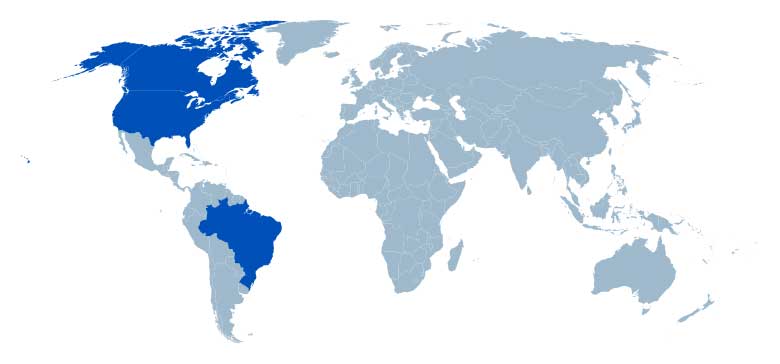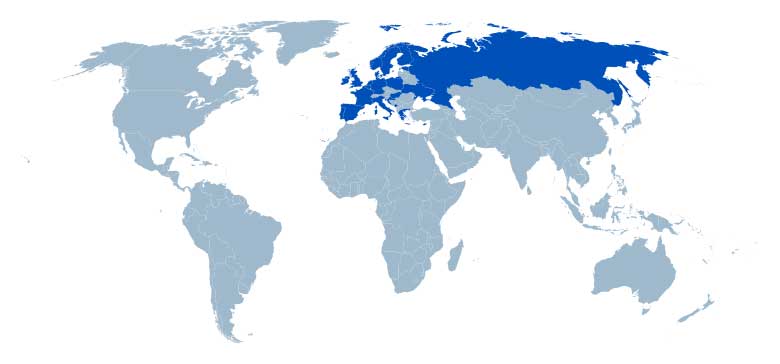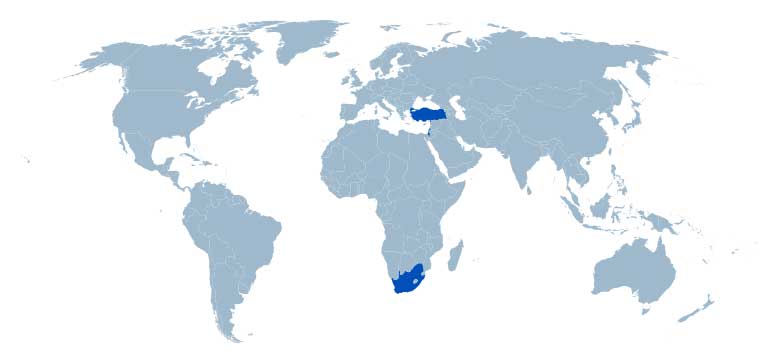Expert advice
How to prepare bare substrates
Get to know your substrates
All surfaces should be thoroughly degreased and free from any sanding debris prior to the application of any paint to the surface.
Aluminium
- Degrease with solvent or Super Cleaner
- Sand well using 60-120 grade (aluminium compatible) paper
- Clean thoroughly and allow to dry
- Prime using an International primer as soon as possible (within 8 hours) following the product recommendations provided in the paint systems guides
Lead
- Degrease with solvent or Super Cleaner
- Sand well using 120 grade paper or power wire brush
- Clean thoroughly and allow to dry
- Prime using an International or VC primer following the product recommendations provided in the paint systems guides
Zinc/Galvanised Steel
- Degrease with solvent or Super Cleaner
- Sand well using 60-120 grade paper
- Clean thoroughly and allow to dry completely
- Prime using an International or VC primer following the product recommendations provided in the paint systems guides
Steel
- Degrease with solvent or Super Cleaner
- Grit blast to Sa 2.5 – near white metal surface. If grit blasting is not possible, grind the metal surface with 24-36 grade abrasive discs to a uniform, clean, bright metal surface with a 50-75 micron anchor pattern
- Use angle grinder on small areas
- Clean thoroughly and allow to dry completely
- Prime using an International or VC primer following the product recommendations provided in the paint systems guides
Stainless Steel
- Light grit blast to produce a profile of 50 microns
- Clean thoroughly and allow to dry completely
- Apply an International primer following the product recommendations provided in the paint systems guides
Bronze
- Clean thoroughly and abrade to bright metal using 80 grade paper
- Take care when abrading bronze propellers, as excessive abrading can alter the profile of the propeller causing it to be out of balance
- Clean thoroughly and allow to dry completely before applying products recommended for application direct to bronze (see paint systems guides)
Cast Iron
- Degrease with solvent or Super Cleaner
- Grit blast to Sa 2.5. If grit blasting is not possible, grind the metal surface with 24-36 grade abrasive discs to a uniform clean surface with a 50-75 micron anchor pattern. Use an angle grinder on small areas or a wire brush, prepare to a minimum St.3 according to ISO8501-1
- Clean thoroughly with solvent and allow to dry completely
- Ensure that all evidence of corrosion (e.g. iron oxide and iron sulphide) is removed prior to the application of an International or VC primer, following the product recommendations provided in the paint systems guides
Fibreglass
- Degrease with solvent or Super Cleaner
- Sand well using 180-220 grade paper
- Clean thoroughly and allow to dry completely
- Prime using an International or VC primer following the product recommendations provided in the paint systems guides
Bare Wood / Plywood
- Sand smooth with 80-180 grade paper and then 280 grade paper
- Remove sanding dust by brushing or dusting
- Wipe down thoroughly with solvent and allow to dry completely, to ensure any residual sanding dust is removed, before applying products recommended for application direct to wood (see paint systems guides)
Oily woods (e.g. teak)
- Ensure that the surface is thoroughly degreased using a recommended solvent to ensure all oils are removed
- Sand smooth with 80-180 grade paper and then 280 grade paper
- Remove sanding dust by wiping with solvent, to ensure any residual dust is removed.
- Ensure the surface is completely dry before applying products recommended for application direct to wood (see paint systems guides)
Paint your boat like a pro
Find the best products to keep your boat in great condition
Get all the support you need to paint with confidence
Benefit from our continuous innovation and scientific expertise






